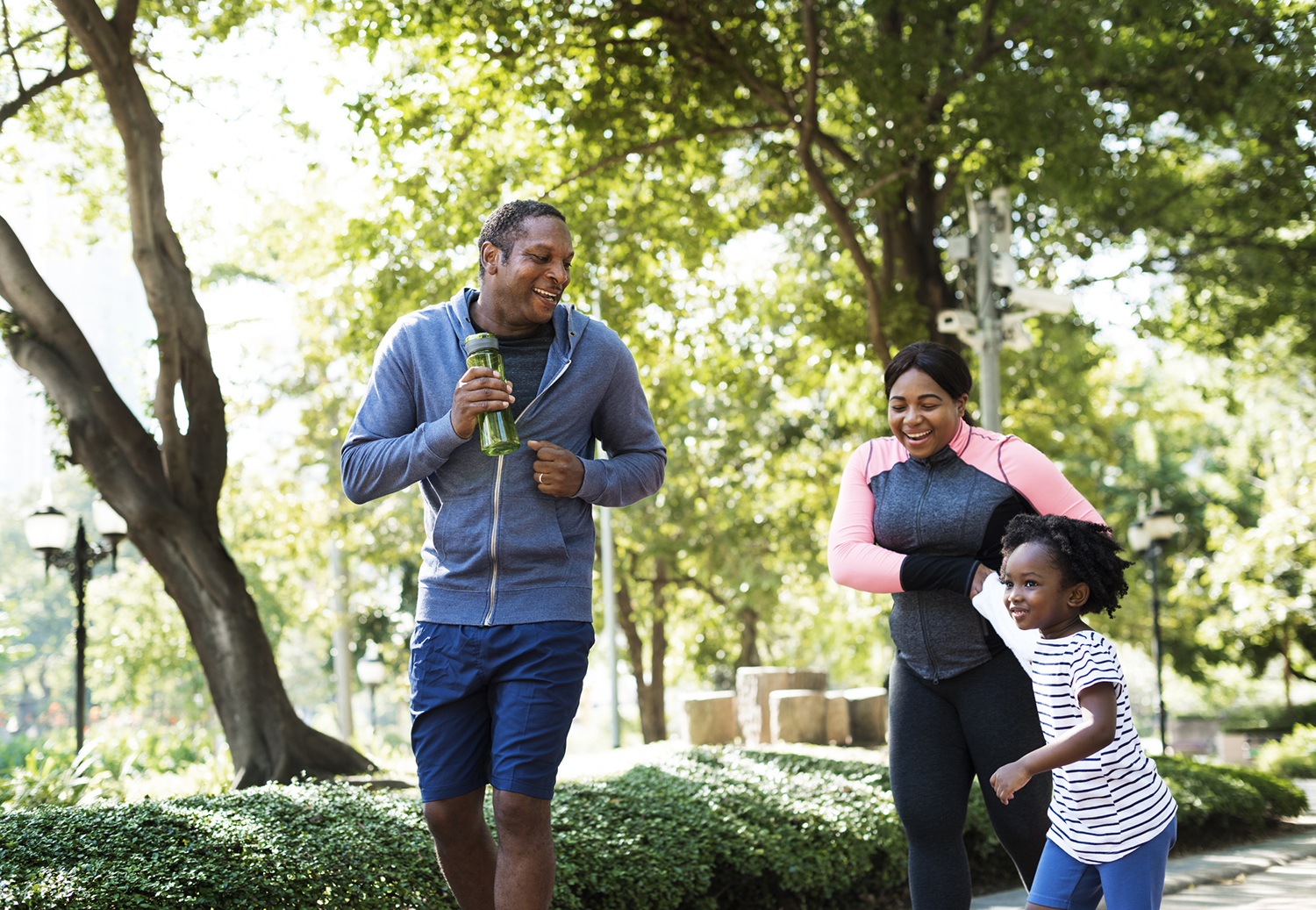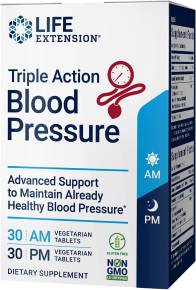Regular exercise can help prevent chronic diseases, keep weight in check, improve sleep, and relieve stress.
Exercise Strategies for All Ages
Experts recommend at least 30 minutes of moderate activity each day for adults, and 60 minutes for children. If your family is falling short, these strategies can help get you moving again.
Fitness for Kids
The statistics make one thing clear: Children in the US aren’t exercising enough. Fewer than half of kids ages 6 to 11 are getting 60 minutes per day, with a dismal 8 percent of kids ages 12 to 15 hitting that goal. Here are some ideas for making fitness fun.
Toddlers and preschoolers love to run, climb, and play, so taking them outside—into the backyard or to a playground—will boost their activity levels. They also love to help with household chores, which is a win-win for parents!
School-aged kids enjoy playing games, whether sports or social games like hide-and-seek or tag. They may need an adult to help facilitate their activities (teach them how to throw, swim, etc.). They also love gadgets, so consider buying an inexpensive pedometer for them. Structured exercise classes might include martial arts, dance, or yoga.
Tweens and teens have the focus and endurance to engage in more sustained or repetitive activities, like cycling or jogging. They also have more opportunities to take classes and play organized sports. Teens need to feel like they have some control over their lives, so give them several choices.
Kids this age also have the strength and patience to do more physically taxing chores like raking and vacuuming. Housework can be incentivized with allowance or other rewards.
Exercise for Busy Parents and Professionals
The middle years of life are busy. Many of us are parenting and trying to develop and sustain our careers. Adding exercise to the mix may seem impossible, but it can be done. Here are some ways to take the pain out of meeting your daily fitness goals.
Start small. Making huge life changes or setting unrealistic goals is a sure-fire way to feel like a failure. Just a few minutes a day will add up over time: Park farther from the store and hoof it, take the stairs, walk the dog—you get the idea.
Work out at work. Have a desk job? Spend just five or ten minutes moving every hour—you can find lots of ideas for short workouts online. Take a walk with a co-worker on your lunch break. Consider walking or cycling to work a few days a week. If you work near a gym, you can stop in on your way home.
Set the scene. Get up before the kids and start the day with uninterrupted workout time. Store workout gear like exercise balls and hand weights out in the open—if you have to look at them every day, you’ll be more likely to use them.
Staying Active During Your Golden Years
Being active in the retirement years and beyond is crucial to reducing the risk of falling, keeping weight under control, and enhancing your mental health.
Try biceps curls with light weights. Get your heart rate up by taking a walk, maybe around the mall.
Exercises that build balance, body awareness, coordination, flexibility, and strength are just what seniors need. For example, doing squats may make it easier to pick things up off the floor, and doing wall slides are good practice for getting out of chairs. Always check with your healthcare practitioner before starting a new exercise regimen.
Support Structure
Katy Bowman, author of Dynamic Aging ($16.95, Propriometrics Press, 2017), knows that both physical fitness and a sense of community are important to maintain as we age.
She encourages people to find ways to combine the two, such as finding a walking buddy or starting a walking or birdwatching group.
Bowman writes, “Have you been choosing to drive through or use the ATM at the bank for convenience? Parking and walking in not only increases your movement, it also
offers the opportunity to interact with others as you are waiting in line... and benefit from the smiles and interaction with those assisting you.”





